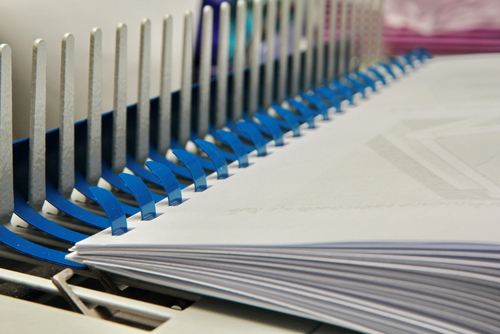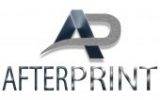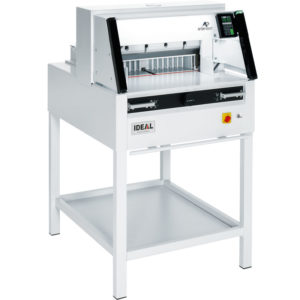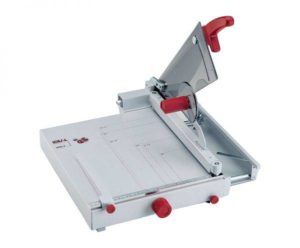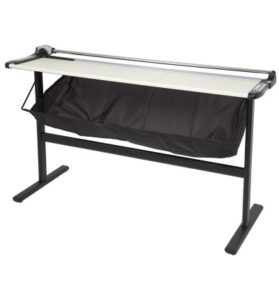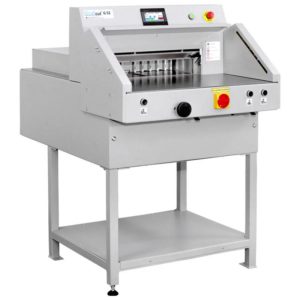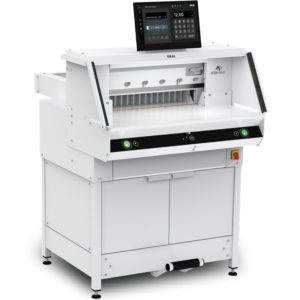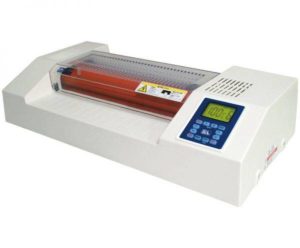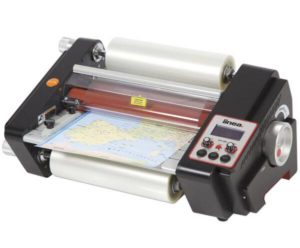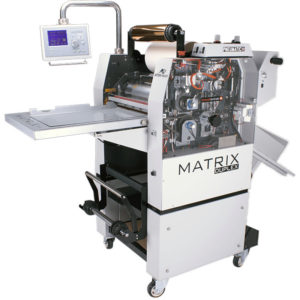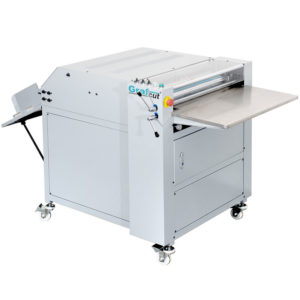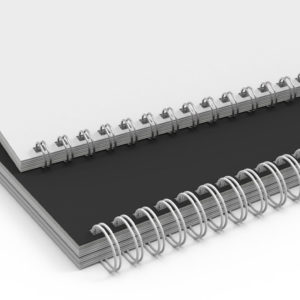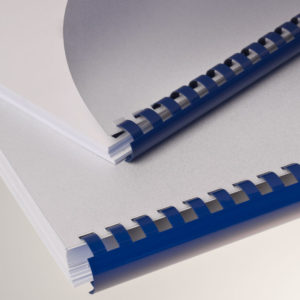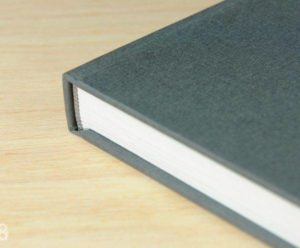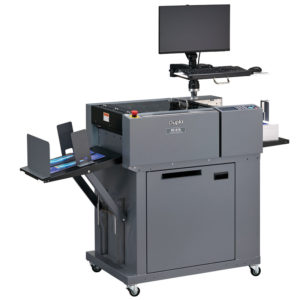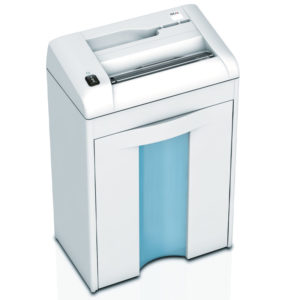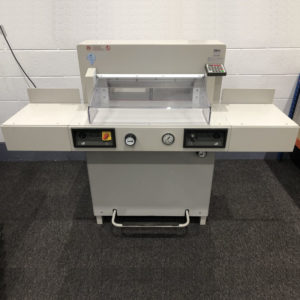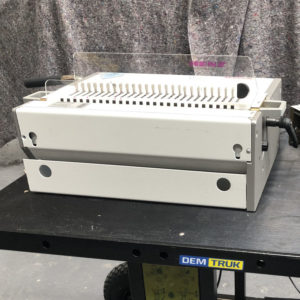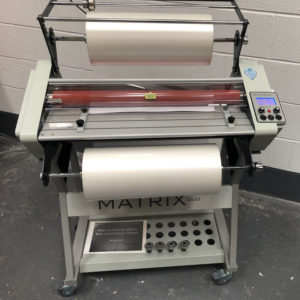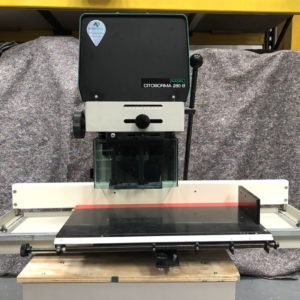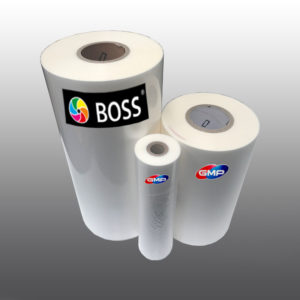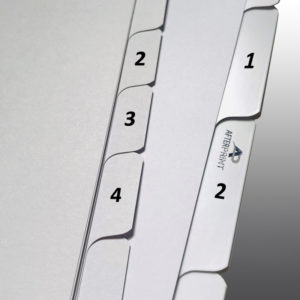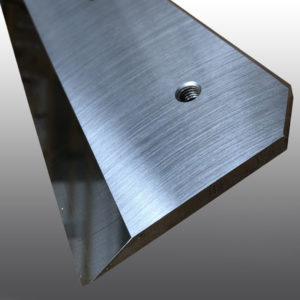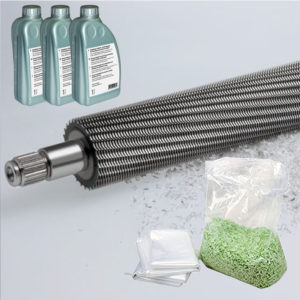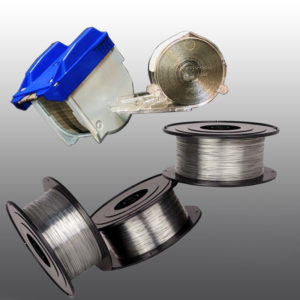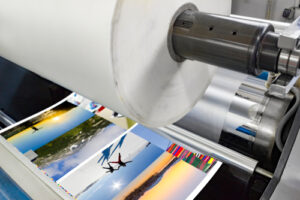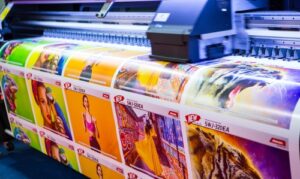13 March 2023
The Ultimate Guide to Choosing the Right Binding Machine for Your Business
In today’s competitive business world, presentation is everything. Whether you are presenting a report to the board of directors or pitching a new idea to a potential client, the way your documents are presented can make a huge impact on the success of your message. Binding machines are an essential tool for any business that wants to create professional-looking documents. In this guide, we will explore the different types of binding machines available and provide tips on choosing the right machine for your business needs.
Types of Binding Machines
There are four main types of binding machines: comb binding, wire binding, coil binding, and thermal binding.
Comb Binding
Comb binding machines punch rectangular holes along the edge of the document and then thread a plastic comb through the holes to bind the pages together. This type of binding is suitable for small to medium-sized documents and is popular for reports, proposals, and presentations. Comb binding machines are affordable and easy to use, making them a popular choice for home offices, schools, and small businesses.
Wire Binding
Wire binding machines use a double-loop wire that is inserted through a series of holes along the edge of the document. This type of binding is durable and provides a professional finish. Wire binding machines are suitable for medium to large-sized documents and are commonly used for manuals, catalogues, and presentations.
Coil Binding
Coil binding machines use a spiral coil that is inserted through a series of holes along the edge of the document. This type of binding is durable, flexible, and allows the document to lie flat when opened. Coil binding machines are suitable for large-sized documents and are commonly used for textbooks, manuals, and reports.
Thermal Binding
Thermal binding machines use heat to melt a glue strip that is inserted along the edge of the document. This type of binding provides a professional finish and is suitable for small to medium-sized documents. Thermal binding machines are commonly used for presentations, reports, and proposals.
Factors to Consider When Choosing a Binding Machine
Document Size
The size of your documents is a critical factor to consider when choosing a binding machine. If you frequently bind large documents, you will need a machine that can handle the size and weight of your documents.
Volume of Documents
Consider the number of documents you need to bind regularly. If you have a high volume of documents, you will need a machine that can handle the workload without overheating or breaking down.
Binding Style
Consider the type of binding style that will best suit your business needs. Wire and coil binding provide a professional finish and are suitable for large documents, while comb and thermal binding are more affordable and suitable for smaller documents.
Ease of Use
Choose a binding machine that is easy to use and does not require extensive training to operate. Machines with user-friendly interfaces and clear instructions are ideal for busy offices where staff may need to quickly bind documents without interruption.
Cost
Consider the cost of the binding machine and the ongoing costs associated with operating it. Machines with high-quality materials and features tend to cost more, but they also offer better durability and efficiency in the long run.
In conclusion, choosing the right binding machine for your business requires careful consideration of the size and volume of your documents, the binding style you prefer, ease of use, and cost. With this guide, you can make an informed decision and select a binding machine that will help your business create professional-looking documents that will make a lasting impression.
